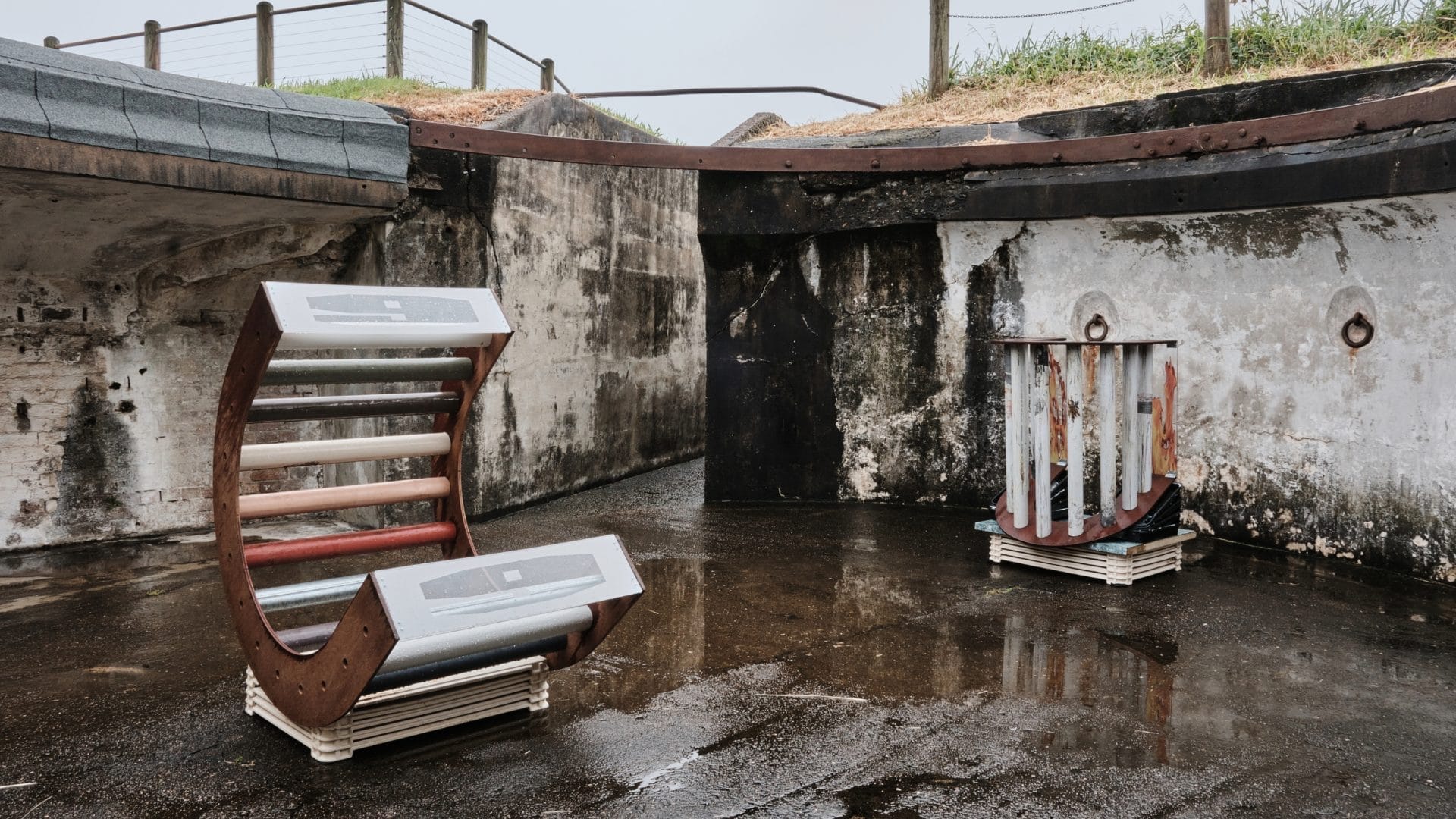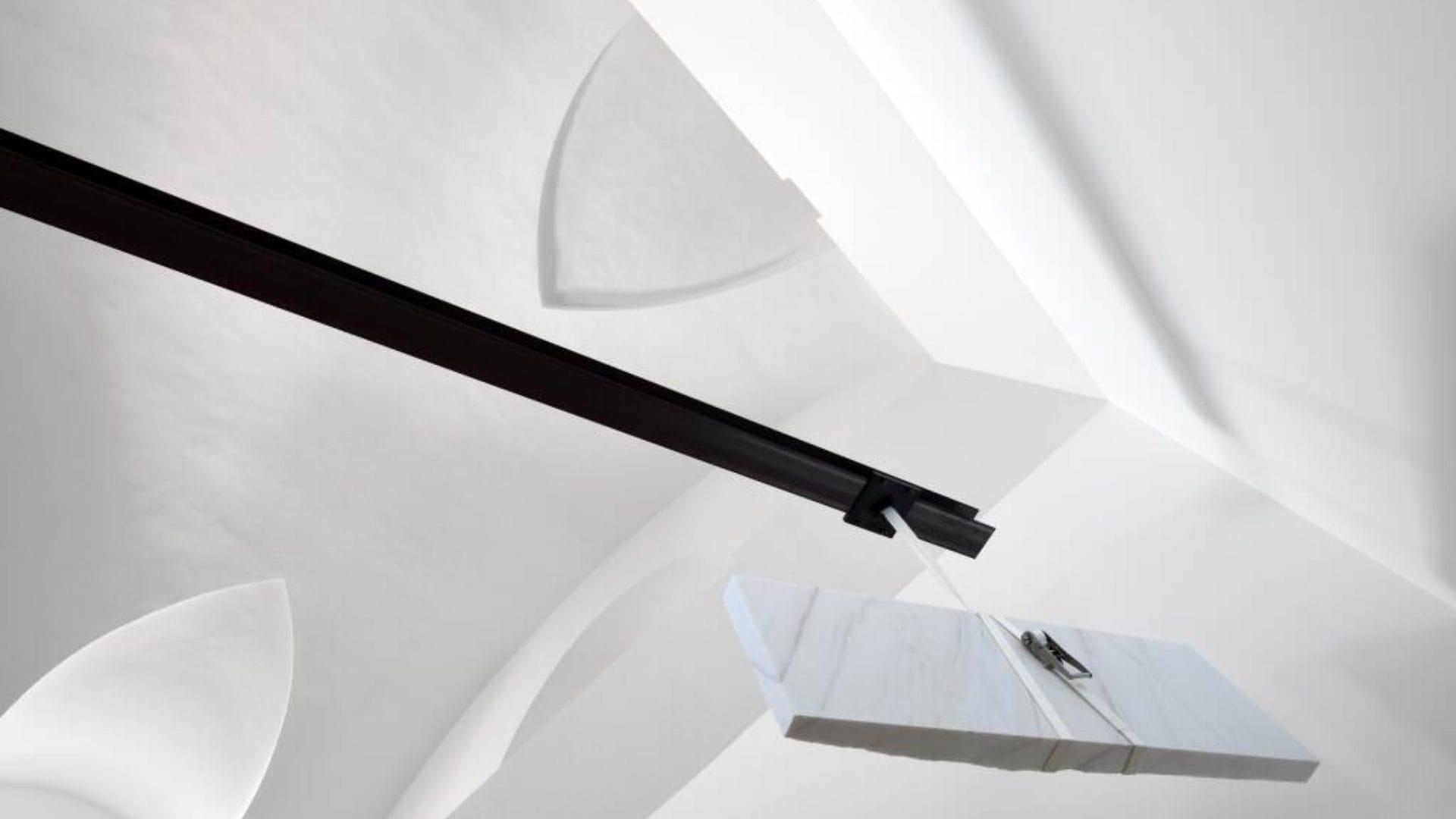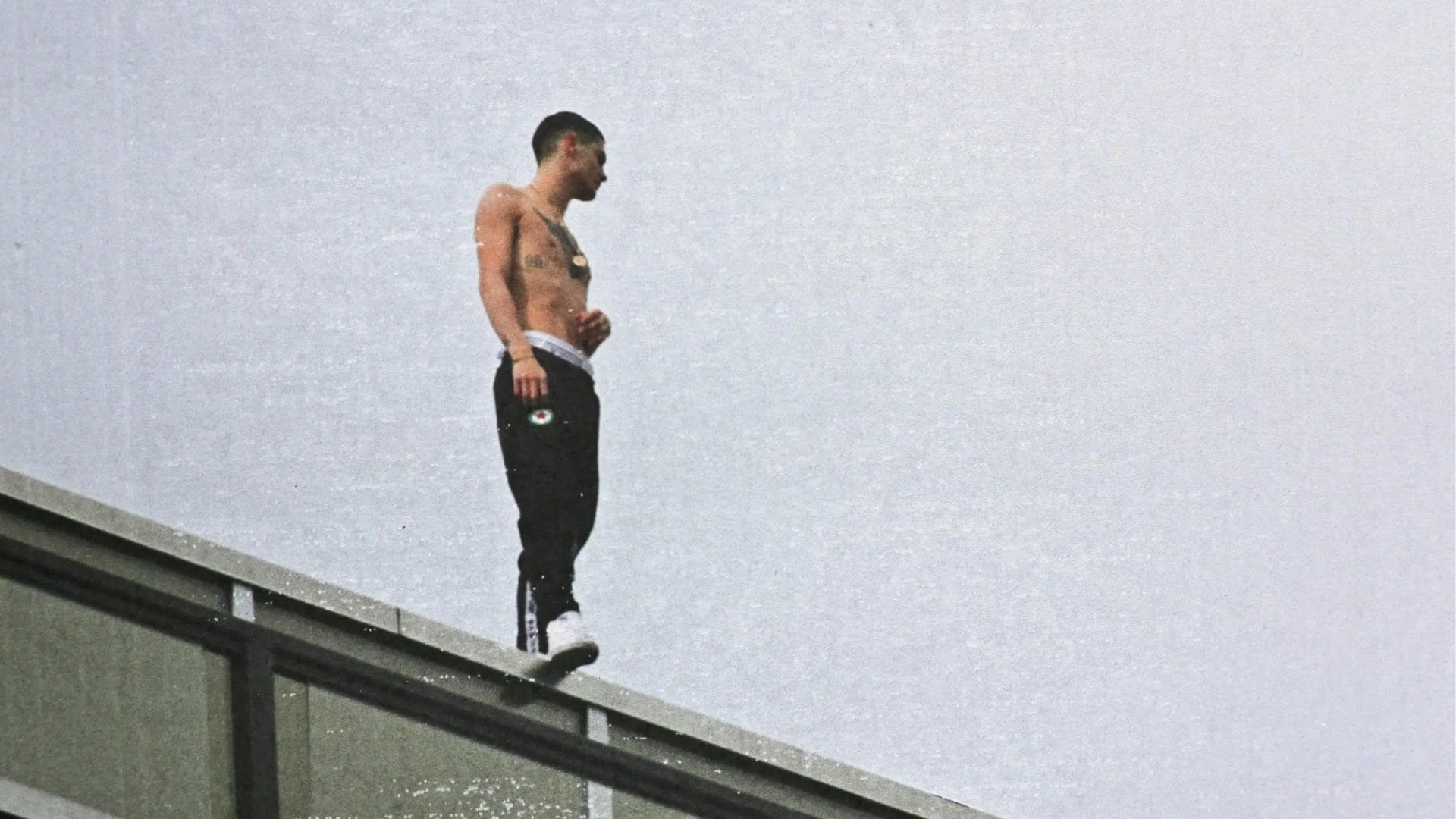
When Sound Meets Chaos: Inside the World of Proximity Music
As the event “Proximity Music: Echoes of Entropy” prepares to open its doors in The Hague, it invites audiences into a world where sound, movement, and technology collide in unexpected ways. This unique exhibition (organised by iii in collaboration with Rewire) blurs the boundaries between music, architecture, and sensory experimentation, challenging our perception of chaos and control.
Before its inauguration, we spoke with one of the curators to explore the intellectual foundations behind Proximity Music, the artistic vision driving this year’s theme, and how the format itself may evolve in the future. How does entropy become an artistic language? What does it reveal about our relationship with technology and the unpredictable nature of our time? Through this conversation, we uncover the deeper layers of a project that redefines how we experience art, space, and sound.

Fakewhale: Proximity Music is not just an exhibition but a sensory and conceptual experience that intertwines music, technology, architecture, and ritual. How did this format come into being? Who conceived it, and what vision shaped its inception?
Proximity Music was born out of a need: During covid times, physical concerts were not allowed – we tried to find alternative ways of how to be able to listen together in proximity – out of this concept developed the idea to create an exhibition that invites us to find new ways of listening and perception outside of the classical concert setting. To listen with the whole body, through ritual and through architecture. As iii (Instrument Inventors Initiative) we were always researching this notion of what we understand by ‘instrument’, what it can be and what it can mean – this is a driving force of iii’s work. Together with Rewire we found the ideal partner to develop such a concept and to experiment. Each Proximity Music edition moves deeper in these territories and tries to find different ways to explore this concept.
Entropy is a fundamental concept in thermodynamics, but it also carries deep philosophical and existential implications. How did you choose to translate it into artistic expression for this edition?
All artists in Proximity Music: Echoes of Entropy are dealing with the idea of chaos in some way, sometimes this is very present in terms of the political, like in the works of Aura Satz (who with Warnings in Waiting has an artwork on sirens and how we perceive them) or Ioana Vreme Moser (who draws inspiration from technology that was developed in war times at the brink of destruction). Other artists explore chaos and entropy in the way they research or execute their work, for example by letting chance decide how the artwork unfolds (such as in the work of Navid Navab). I think the theme of entropy and chaos is philosophically interesting, while still leaving enough room for interpretation.

Freedom and Happiness explores the commercialization of emotions through butterfly stock images, raising questions about how nature itself is repackaged as a product. Do you think digital capitalism has changed the way we experience nature, even outside of online spaces?
I think digital capitalism has changed our concept of what nature is and what it looks like. It’s similar to how most people think lobsters are red because they’ve only seen them in cartoons or cooked at a restaurant. Or like when images of extinct butterflies are sold as stock photos, maintaining the idea of something that exists and flutters around in the ‘real’ world, even though it’s no longer here.
The pace and purpose between natural and technological beings are very different. So, of course, our lives with media that constantly entertain us and follow a specific logic have changed the way we experience nature. But I believe we’ll always be able to reconnect with nature, and there’s something comforting in that.
Nature stimulates many contrasting tendencies compared to what we know from the attention economy: calm, focus, connection, etc. In nature, you can tap into a sense of meaning and connectedness. Maybe, in the future, we’ll collect these kinds of experiences – rather than the short-lived highs from the experience economy that only give us a quick fix in the here-and-now.

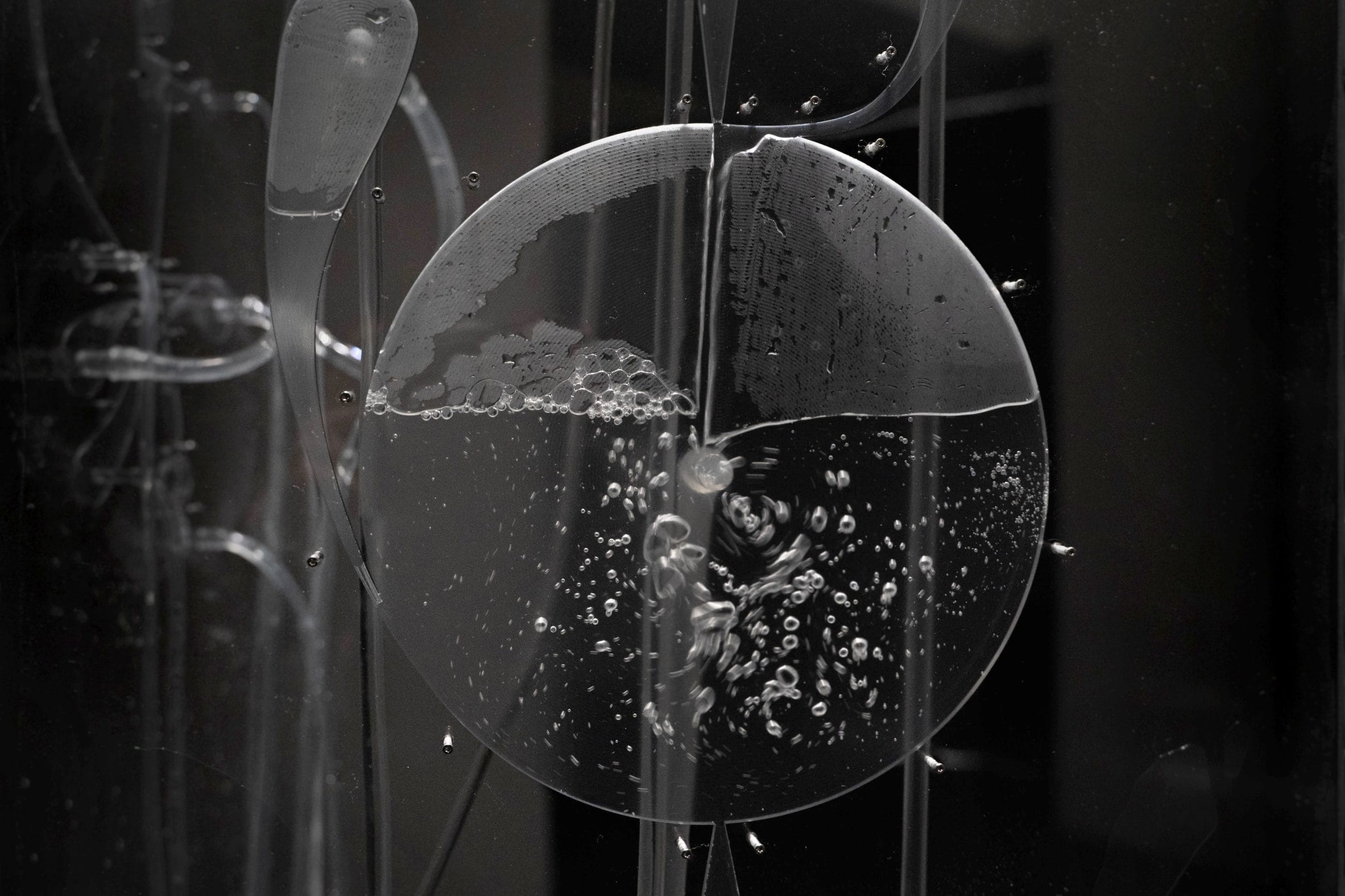
Interdisciplinarity is at the core of Proximity Music. Do you think traditional artistic categories are becoming obsolete?
Yes, they have become obsolete! I think in today’s time, we are far beyond these categories. This is also why at our core we are antidisciplinary at iii – we work beyond the traditional borders of categories and disciplines, and it varies from work to work what elements are present. To understand the world and all its complications, one must look beyond categories and understandings and interconnect knowledge to shape the outcome.
iii develops projects that present playful approaches to science and technology within the fields of music, visual art and theatre. While the field of Art and Technology emerged in the 20th century to promote collaboration between specialists working in separate disciplines, today we see practices that are interdisciplinary at the root. No longer engineers working with artists, artists working with scientists, painters working with musicians, but creatives and researchers that navigate between and connect formerly distinct realms.
Proximity Music invites us to listen and to be attentive – not necessarily only to ‘sound’ – I think by this we don’t look for specific disciplines but encourage new ways of understanding.
Many of this year’s installations explore the delicate balance between predictability and unpredictability, control and chaos. Could this be seen as a commentary on our time, marked by the tension between algorithmic order and the unpredictability of reality?
(Digital technologies tend to minimize randomness in our perception of the world. How does this exhibition examine and subvert that dynamic?)
This is definitely part of it, the technological element definitely is in there, but it goes way beyond that. It is more a commentary to today’s time and a call towards embracing chaos, to see it in a different light: allow chance to happen or to be guided by it. I actually think our world feels more and more chaotic through digital technologies. We are living in a time of rapid and unprecedented technological development and it is difficult to not get overwhelmed or even scared by this. At the same time, this digital world exists and it puts us in a position in which we have to relate ourselves to it. That is why this exhibition wants to explore chaos in alternative ways: are there other, empowering and fruitful ways of engaging with the element of chaos in our lives? Can chaos be something that can function as fertile ground? There are many beautiful things in life that emerge not from structure, not from algorithms, but by chance and serendipity. For example: in nature, the most beautiful things spring from chaos. If you ask an engineer what the best way of creating a route from A to B is, they’ll draw a straight line from A to B. But when you look at a river, the line goes in all ways and directions. All those corners that are essential to a river, create life: plants are growing at the river banks and the water attracts animals. It shows chaos doesn’t have to be something scary.
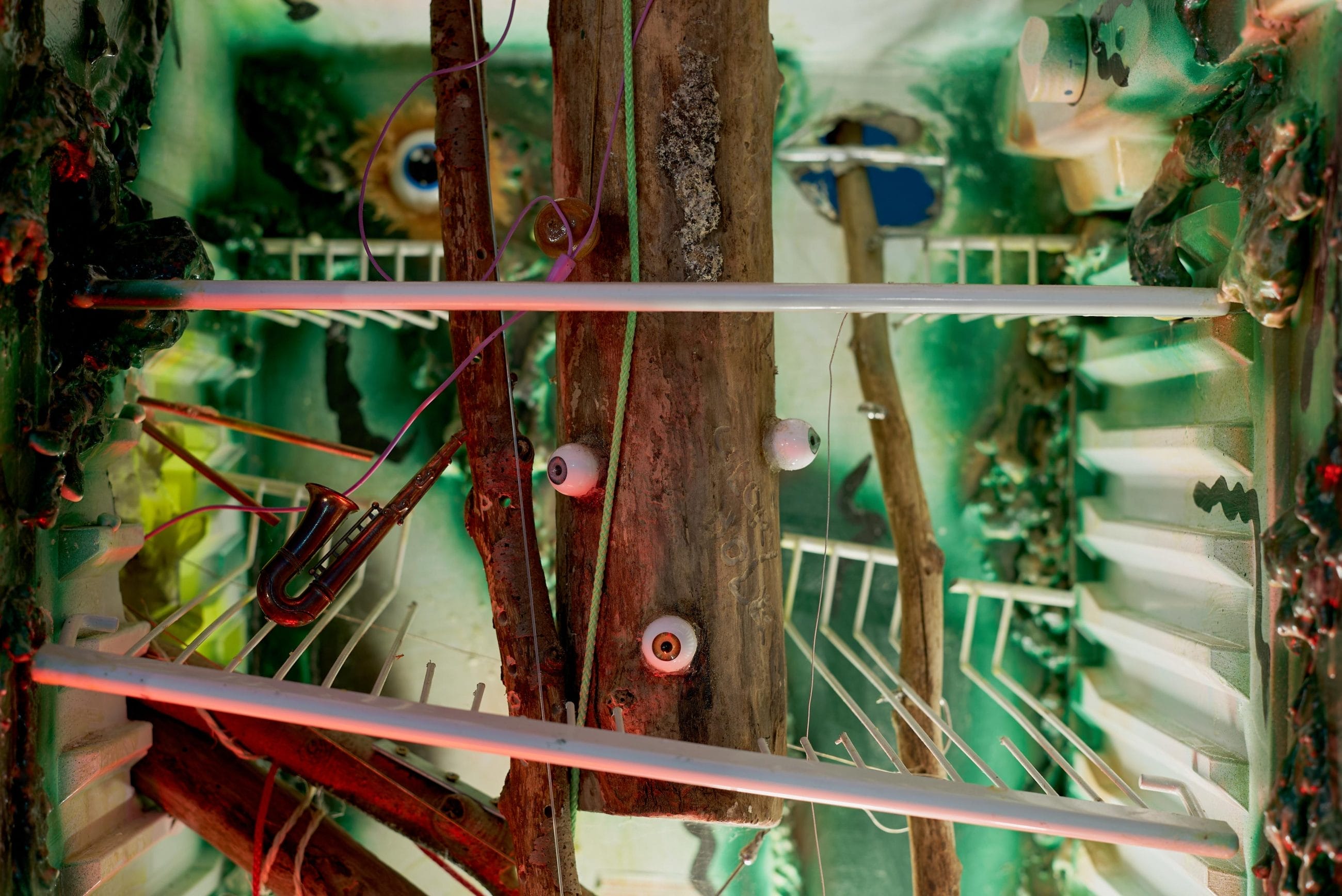

Several works in this edition are site-specific, interacting directly with their architectural and environmental surroundings. What role does physical space play in shaping the experience of Proximity Music?
Physical space is at the basis of each decision that we make. Every year we look into the works and look for the ideal spaces – it is really at the core of how we approach this. The works merge with the space, in their context or in their shape. They are symbiotic to each other, amplifying the presence of each other. If you visit, it’s not only that you see the works but you also explore the hidden and often not so present spaces of the city of The Hague. On the other hand, because we are often dealing with sound, it is incredibly important to have spaces that are resonating sonically with the presented work. In case of commissions like Zimoun this is especially so, as he will create a new work in commission that is presented in three rooms in Pulchri Studios, and is specifically made for it.
Audience participation is a key element of Proximity Music. What kind of engagement do you hope to inspire?
Are you aiming for an emotional response, an intellectual inquiry, or a purely sensory experience?
100% – I think all of this is central. The tricky thing of the program is that you don’t have control over who and how people experience the presented works; this element is to some extent inherently chaotic. Artworks need to appeal to a passer-by who is curious to see and hear what is happening, but equally so to the festival visitor who is already deeply invested in sonic cultures, or to people who are professionals in the cultural field. In the selection of Proximity Music we try to emphasize works that are interesting to all of these people – to amateurs as well as to specialists. Take for example the work by Zimoun, which is interesting on a technical, but also on an intuitive level. As for the complete exhibition: you are also never sure who visits what work of the exhibition first as there is no fixed route. So each work is a cosmos by itself that needs to communicate the theme by itself, but that together with the rest of the works becomes a universe. By experiencing more artworks, more relations and connections are uncovered.


What does the future hold for Proximity Music? How do you see this format evolving in the coming years?
Inherently Proximity Music is always a reflection on the times we live in – the variety of technologies used is large. I don’t think we will focus more directly on a certain trend rather on the socio-political context. Listing as a practice is about coming together and understanding each other. The technologies we use help us to create these spaces, through engaging with our senses. It also doesn’t mean the exhibition is limited to hearing, the exhibition invites you to experience a process of the whole body, feeling vibrations, smelling, moving.
I hope in the future we can continue these threads and create spaces of community and find new ways how we can understand the world that surrounds us as well as our environment and all other beings. And the exhibition can help us to remain hopeful in a time of deep crisis, allowing us to feel and be present rather than to forget and to be numb. As well as by expanding our knowledge beyond western understanding.
Event title: Proximity Music: Echoes of Entropy (as part of Rewire)
Date: April 4-6 2025
Location: The Hague (The Netherlands)
Participating artists: Zimoun, Navid Navab, Natalia (Nika) Sorzano, Ioana Vreme Moser, Coralie Vogelaar, Chris Salter & Marije Baalman, Aura Satz.
Venues: Amare, Pulchri, WEST, Quartair, Heden/Today, and Duits Evangelische Kerk.
Free entrance. Organised by iii and Rewire.
fakewhale
Founded in 2021, Fakewhale advocates the digital art market's evolution. Viewing NFT technology as a container for art, and leveraging the expansive scope of digital culture, Fakewhale strives to shape a new ecosystem in which art and technology become the starting point, rather than the final destination.
You may also like
A Narrow Strip Along a Steep Edge at Fort Lytton, Brisbane
A Narrow Strip Along a Steep Edge by Angel, Charlie Robert, Dean Ansell, Jessica Dorizac, Max Athans
Arcangelo Sassolino at Villa Panza: The Mechanical Dance of Desire
Inside the Scuderia Grande at Villa Panza, visitors are immersed in a realm where time and movement
Fakewhale in Dialogue with Camille Rouzaud
1. Can you tell us a bit about your artistic journey? How did you start, and what led you to become

